Previously, on social networks, there were many conflicting opinions about the new "look" of the Japanese Covered Bridge (Hoi An) after nearly 2 years of restoration. Many people said that the Japanese Covered Bridge relic after the restoration looked "too new", no longer retaining the ancient and unique features of this relic.
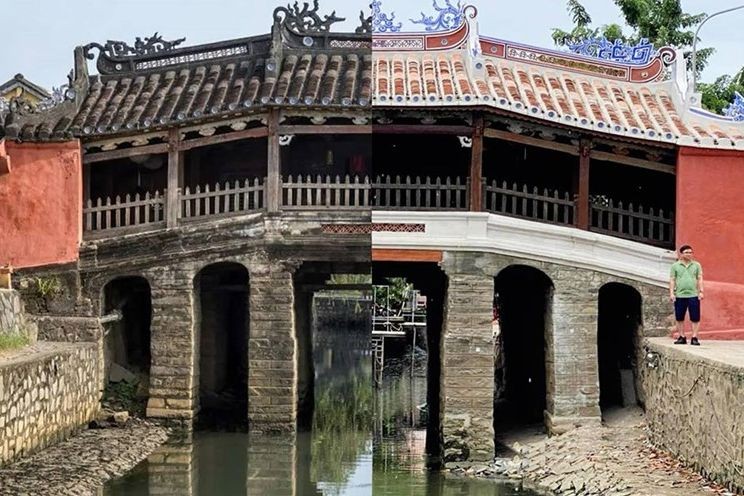
The restoration project of the Japanese Covered Bridge (Hoi An City, Quang Nam Province). Photo: Lao Dong.
Amidst the noise about the new look of the relic, on July 30, the unit implementing the project to restore the Chua Cau relic proceeded to repaint the bridge's walls.
The Hoi An Center for Cultural Heritage Management and Preservation affirms that the viewpoint and restoration solution throughout the project is to preserve the integrity of the overall architectural form and structure. Each original part, component, and artifact with historical value is treasured and preserved to the maximum extent possible.
Nearly 60% of the wood volume, nearly 30% of the tiles, 80% of the ancient plates, 20% of the stone foundation structures, 35% of the decorative animals on the roof edge... were preserved and relocated at the relic after restoration.
The restoration of the Japanese Covered Bridge was carried out in the spirit of a "surgical - healing" operation, so all activities were careful, meticulous, methodical and scientific, from the project preparation stage to the organizational solutions and construction techniques for the restoration of the relic.
Regarding the opinions that we should "fake the old" and choose the color tone closest to the image of the Japanese Covered Bridge before restoration, the Hoi An Center for Cultural Heritage Management and Preservation believes that this is not consistent with the viewpoint and principle of "no fake" that the project has proposed. In particular, it leads to concerns that it will distort the original elements, causing confusion and affecting the results of future research.
The Japanese Covered Bridge - Hoi An after restoration received many mixed opinions from the people and the online community. This also made tourists curious, coming to visit and check-in more.
Many domestic and foreign tourists have come to the Japanese Covered Bridge (Hoi An city, Quang Nam) to visit and check-in. The inside of the relic is also open for visitors to walk around, visit and take photos. Tourists seem quite excited to see the Japanese Covered Bridge in its new look.
After more than 400 years, the Japanese Covered Bridge has undergone seven renovations, the most recent in 1986. By 2010, the bridge’s foundation had sunk and cracked; the pagoda and bridge were separated; the beams and columns were infested with termites and rotten, and were at risk of collapsing. Meanwhile, the bridge had to carry thousands of people and tourists every day.
Hoi An used to use wooden supports and cables to hold up parts of the structure. In 2016, the Japanese Covered Bridge faced the risk of collapse. To save the national historical and cultural relic of the Japanese Covered Bridge, after many procedures of obtaining permission, Hoi An decided to do a comprehensive restoration.
Hoi An then promoted the submission of the demolition restoration plan to the Provincial People's Committee and the Ministry of Culture, Sports and Tourism and gradually completed the research. Three years later, the restoration plan of the Japanese Covered Bridge was accepted. By the end of December 2022, the project was started with an investment capital of 20 billion VND.
Source: https://www.congluan.vn/sau-on-ao-tu-bo-hom-nay-chua-cau-o-hoi-an-chinh-thuc-duoc-khanh-thanh-post306108.html


![[Photo] Bustling construction at key national traffic construction sites](https://vstatic.vietnam.vn/vietnam/resource/IMAGE/2025/5/2/a99d56a8d6774aeab19bfccd372dc3e9)







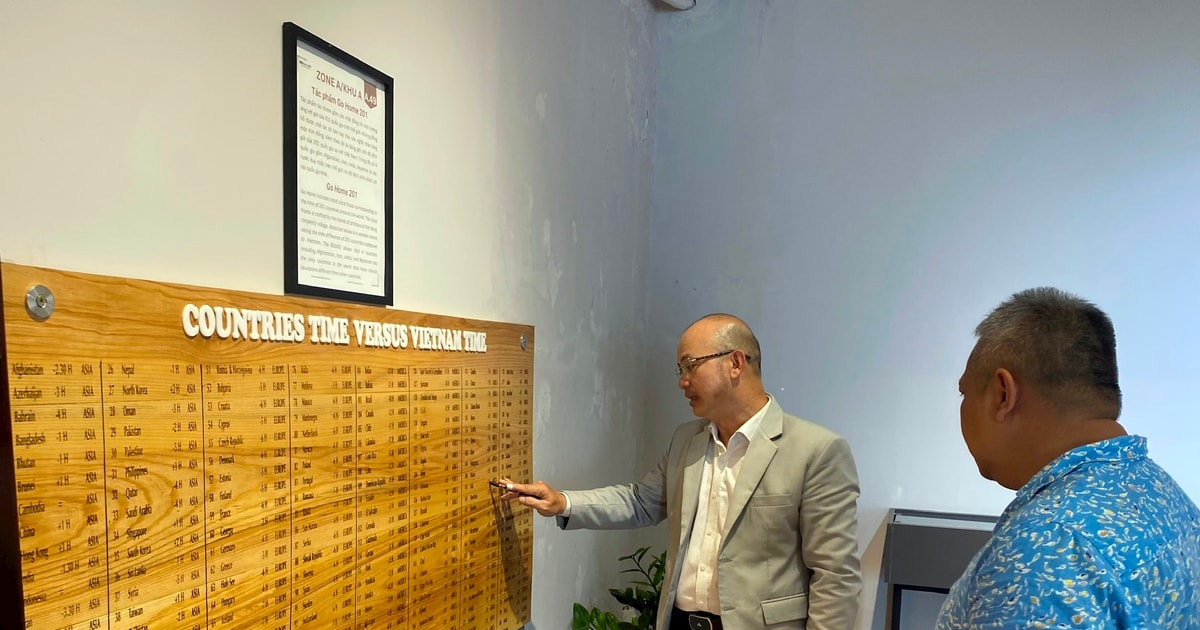

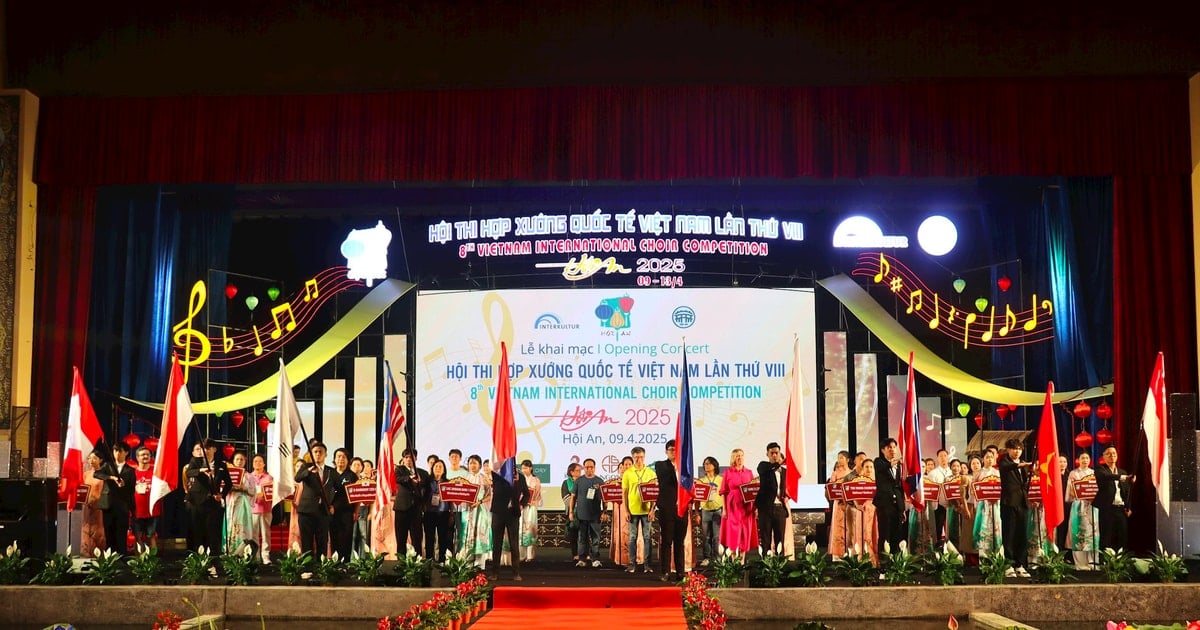

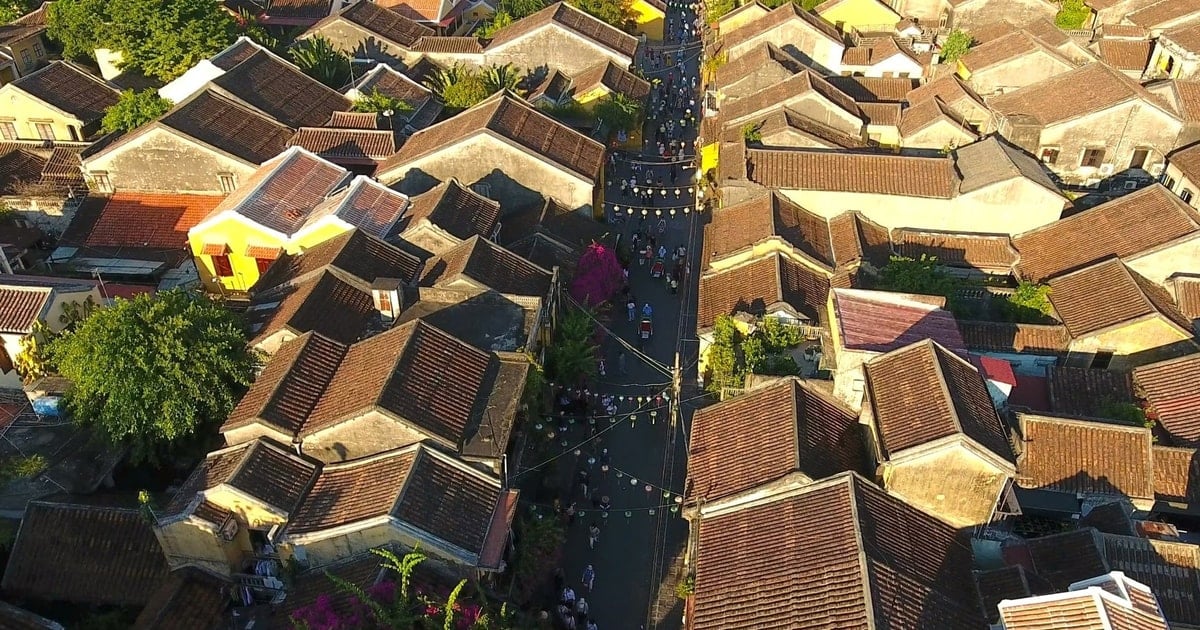



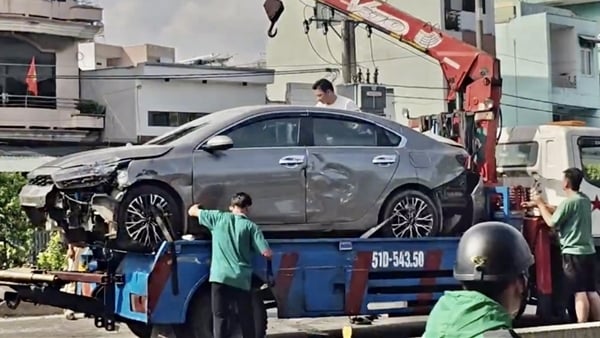
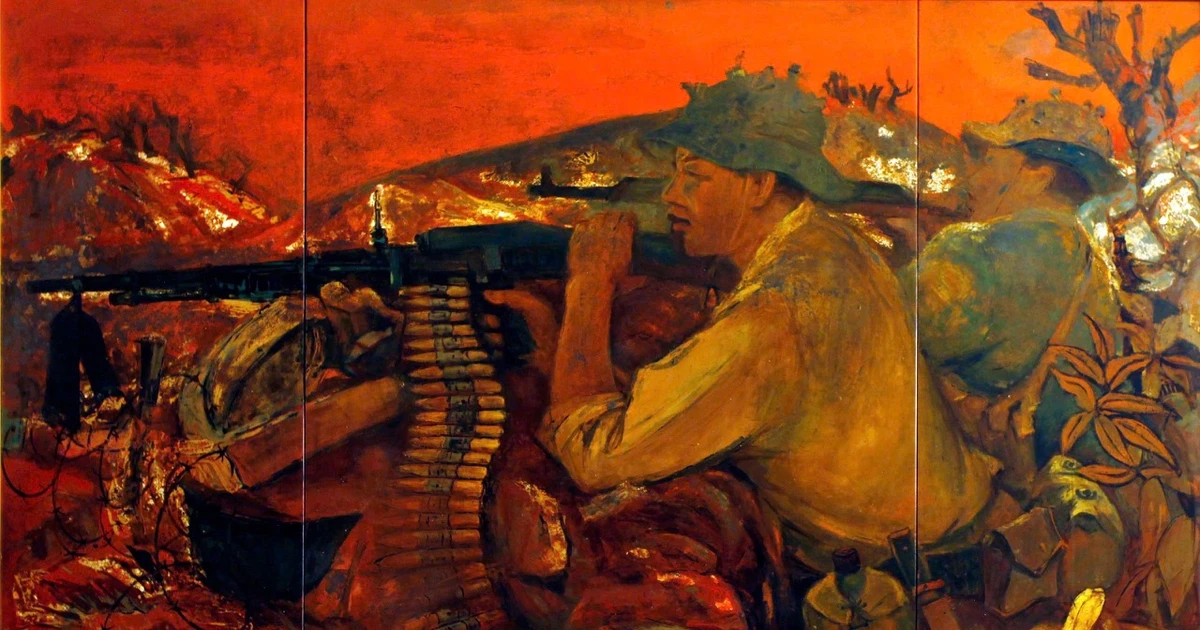






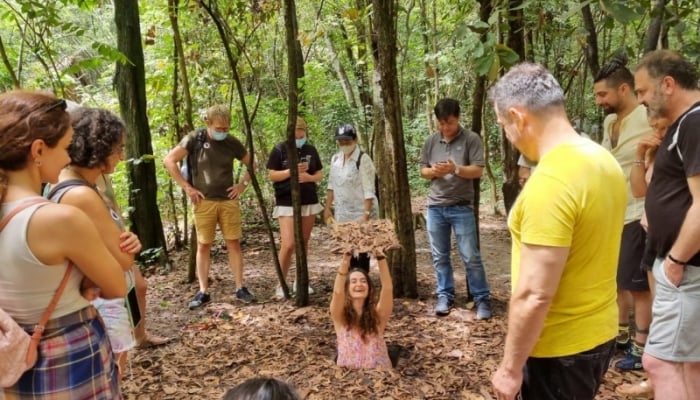
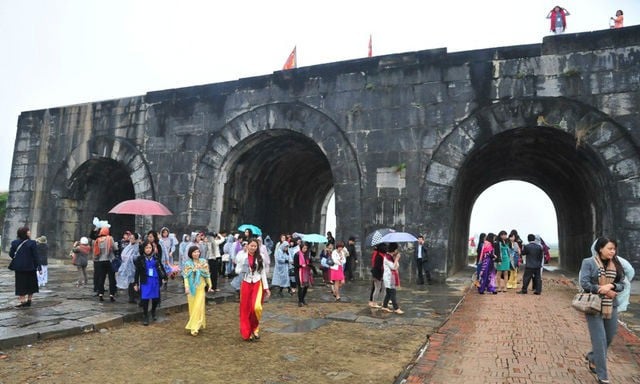
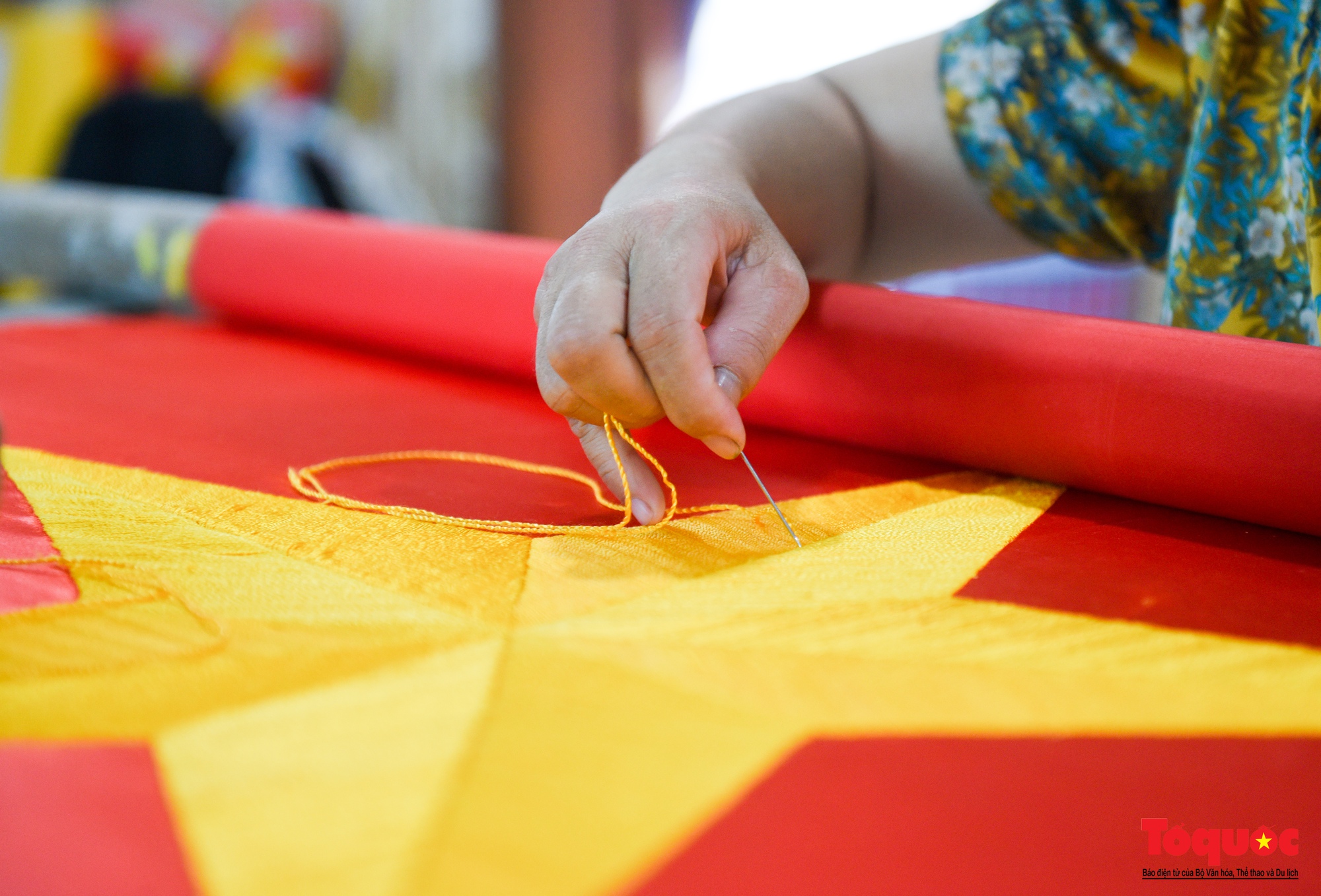


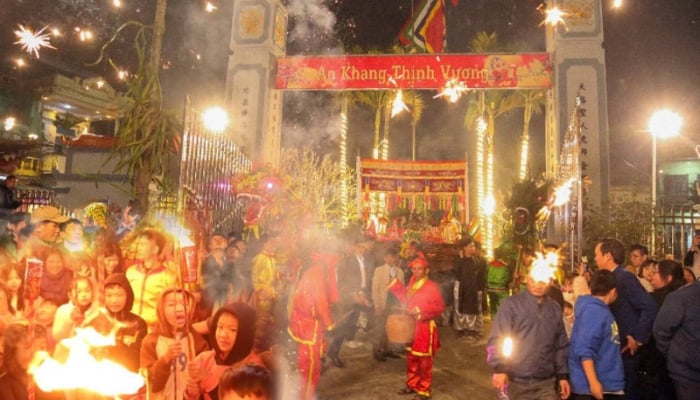

![[Photo] "Lovely" moments on the 30/4 holiday](https://vstatic.vietnam.vn/vietnam/resource/IMAGE/2025/5/1/26d5d698f36b498287397db9e2f9d16c)
![[Photo] Binh Thuan organizes many special festivals on the occasion of April 30 and May 1](https://vstatic.vietnam.vn/vietnam/resource/IMAGE/2025/5/1/5180af1d979642468ef6a3a9755d8d51)
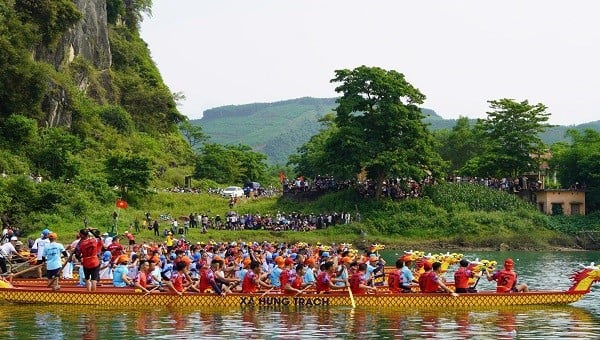

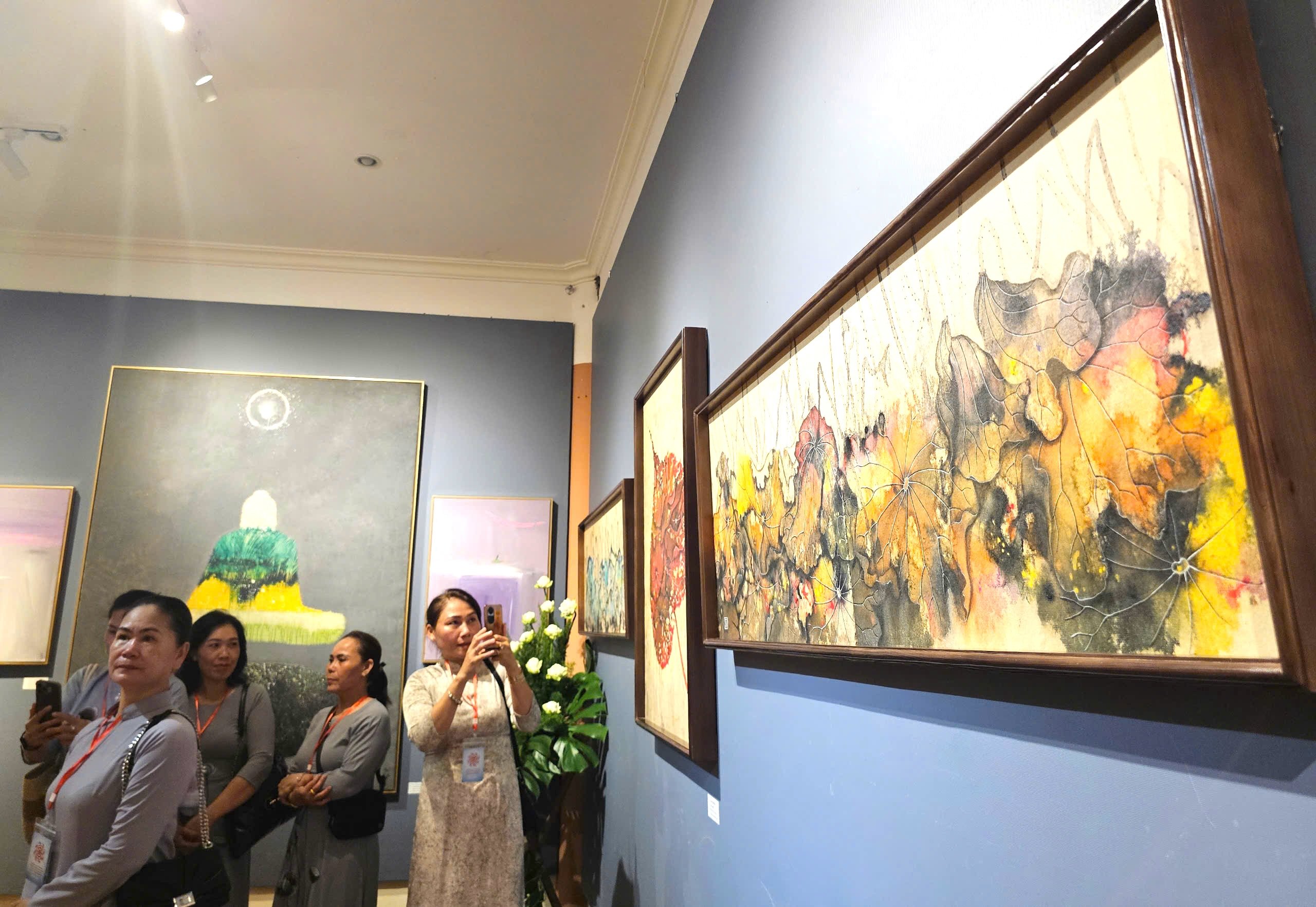



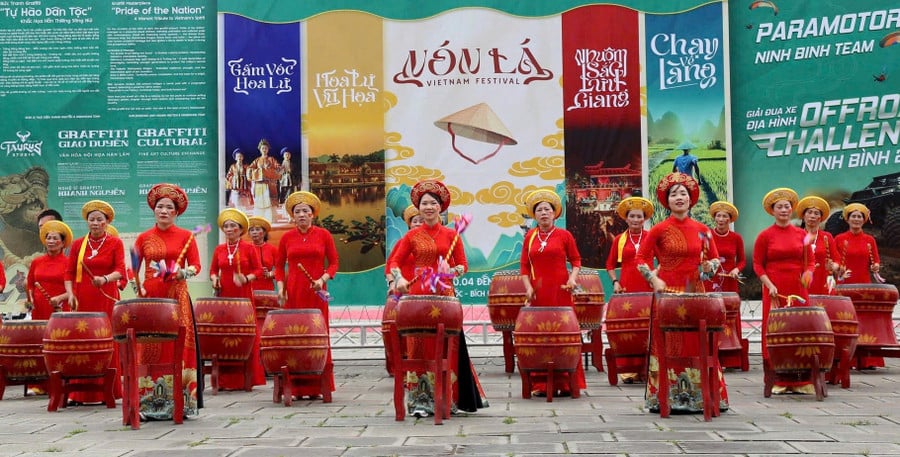

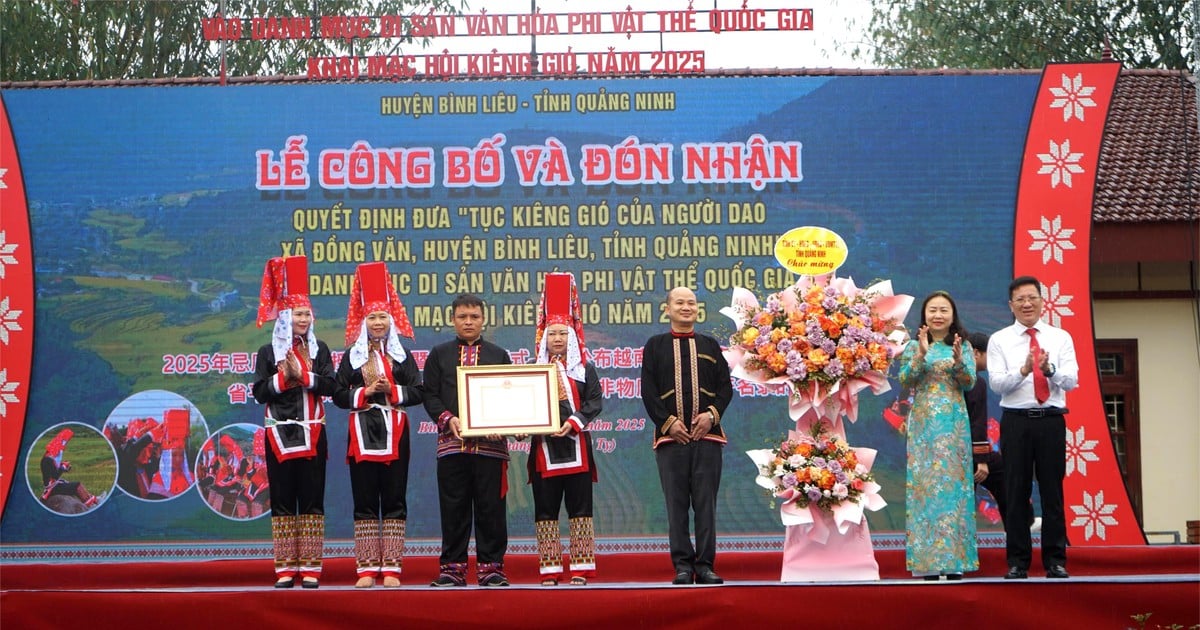






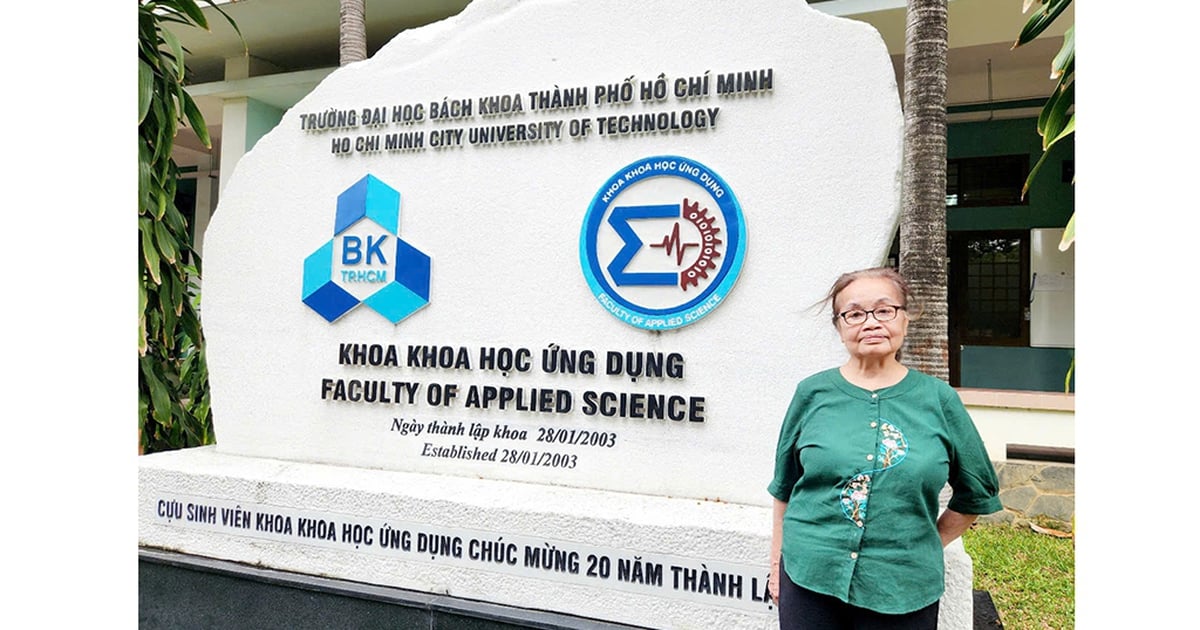

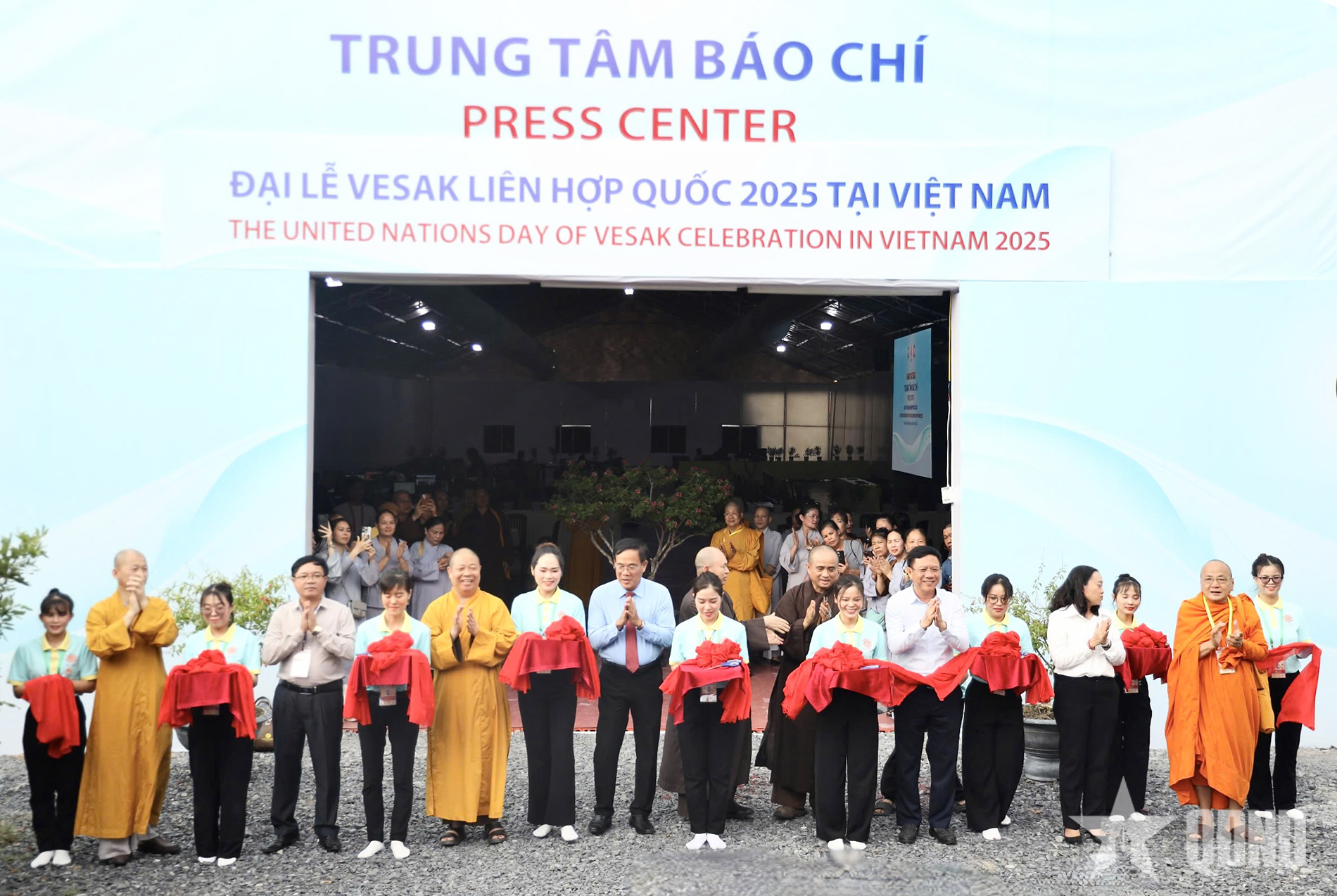











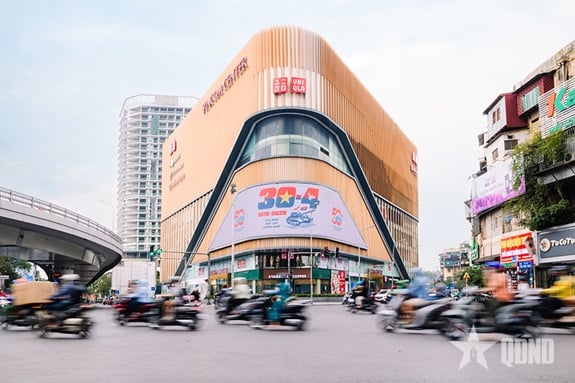
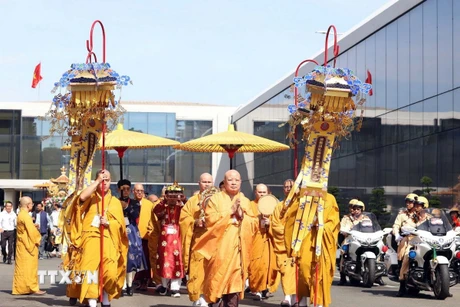

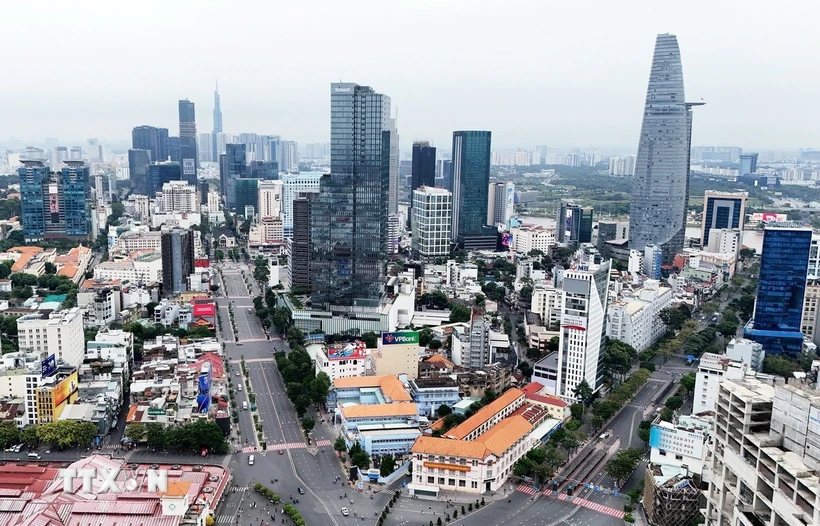
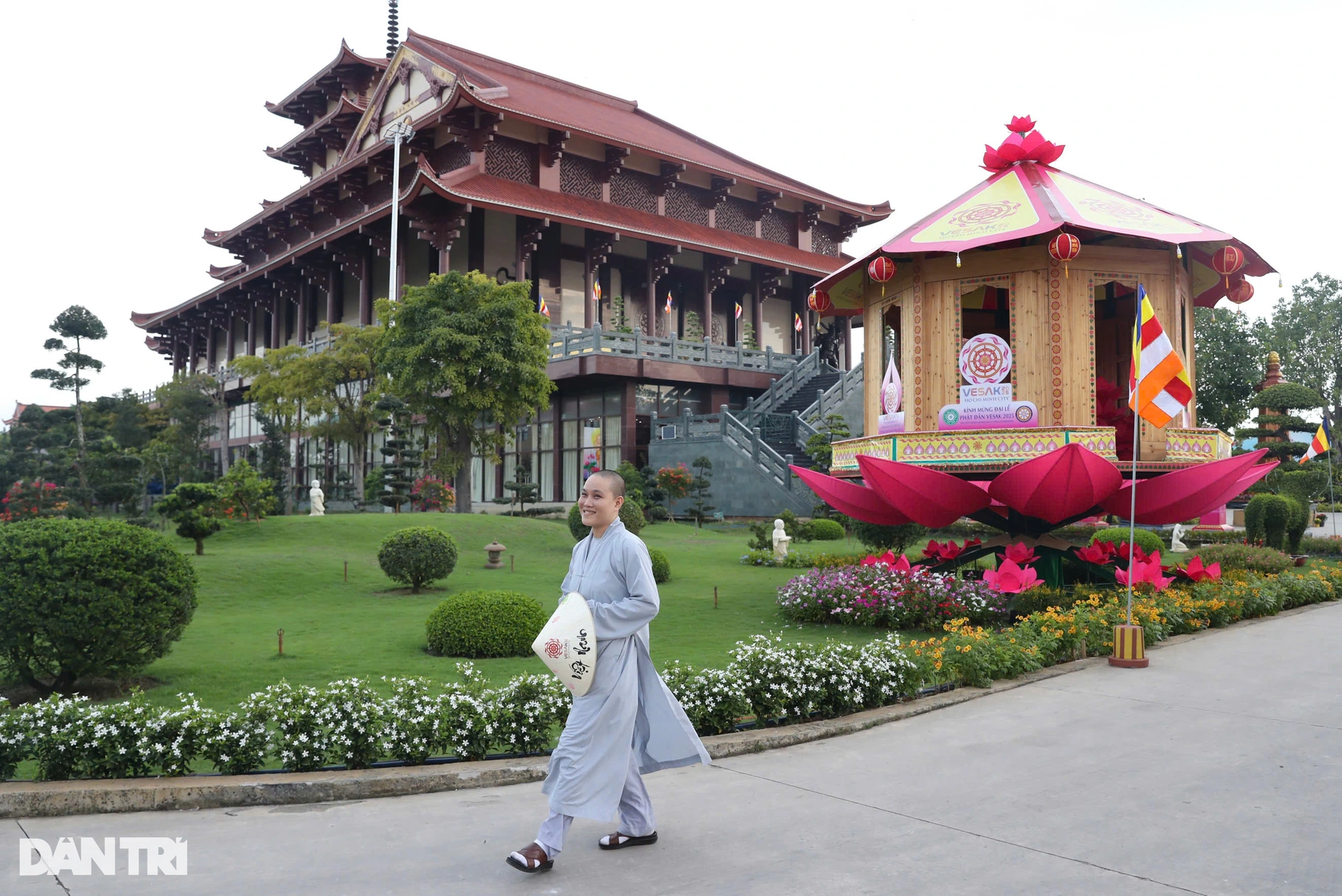








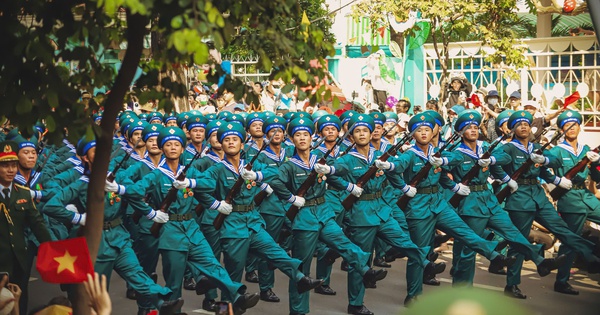
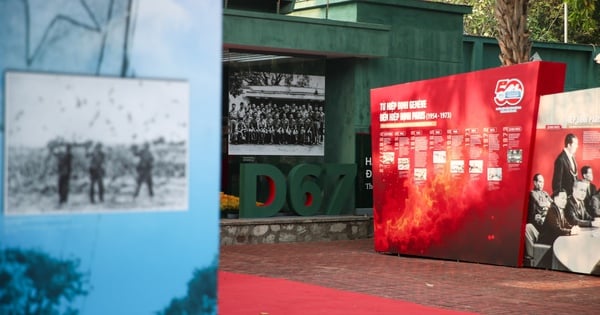






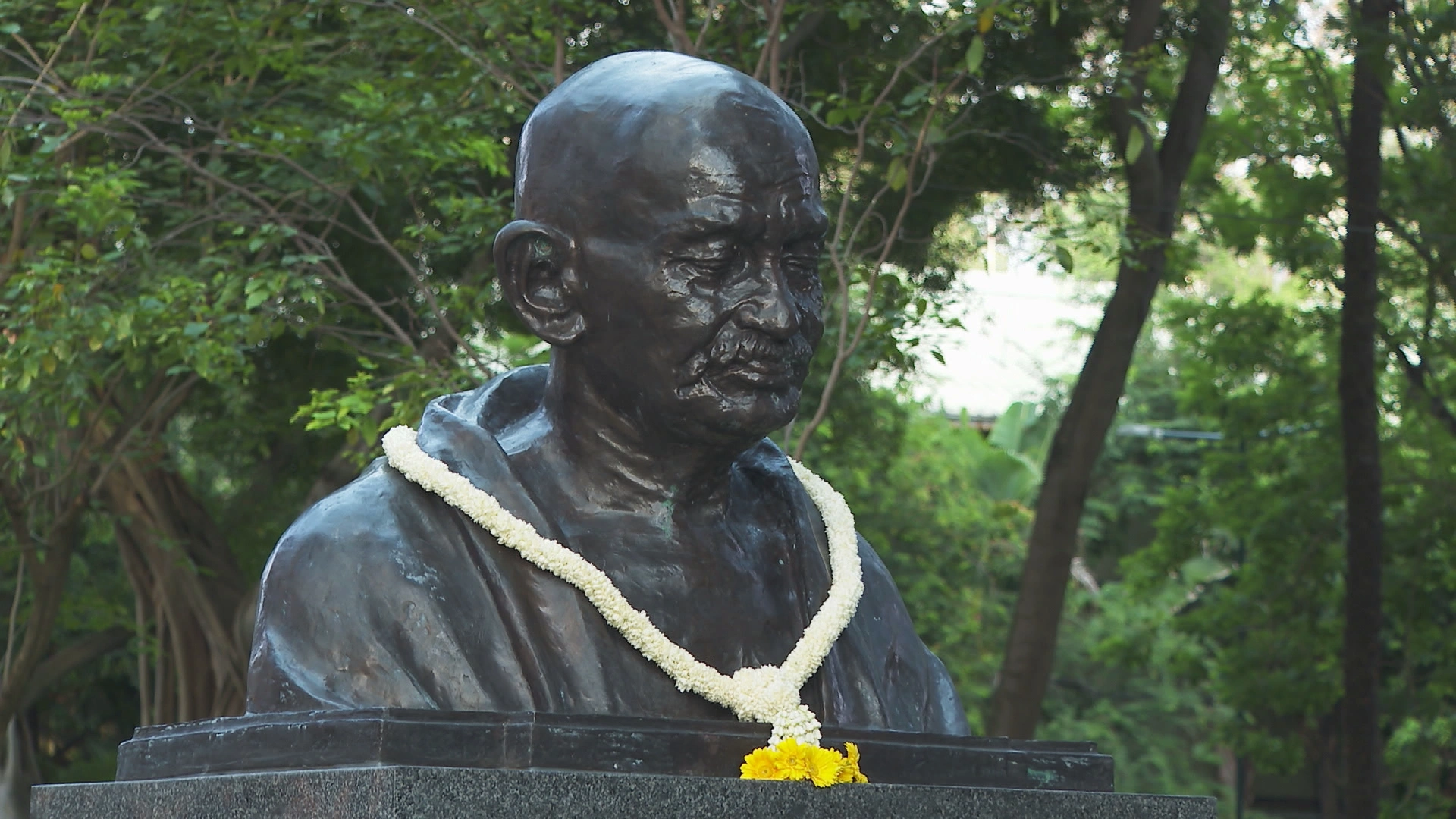







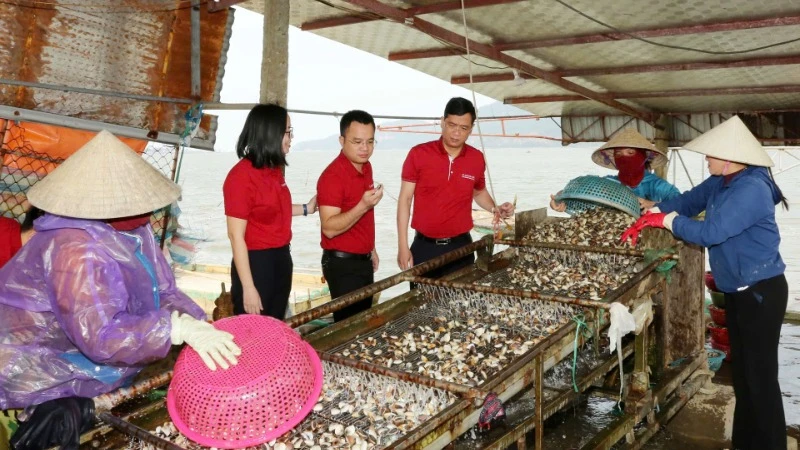
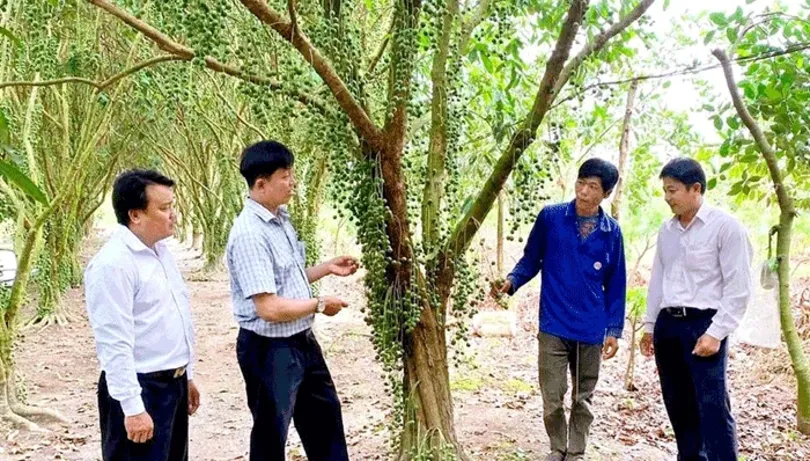



Comment (0)